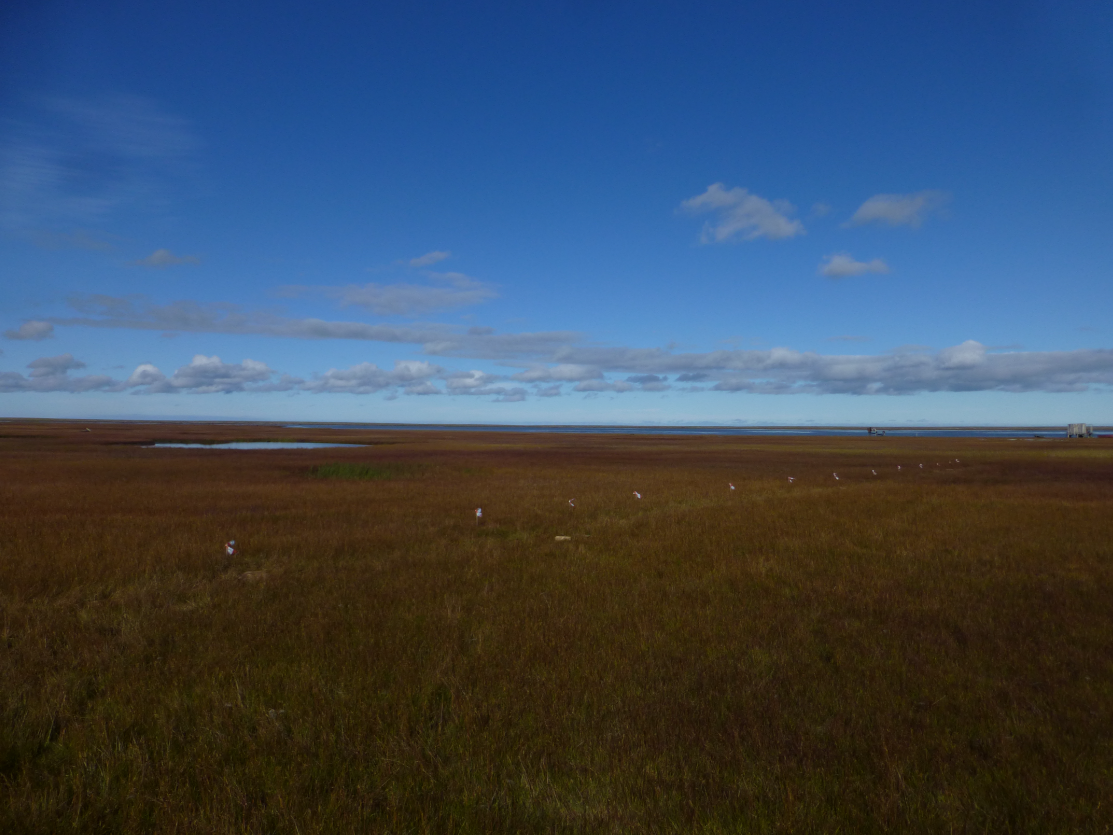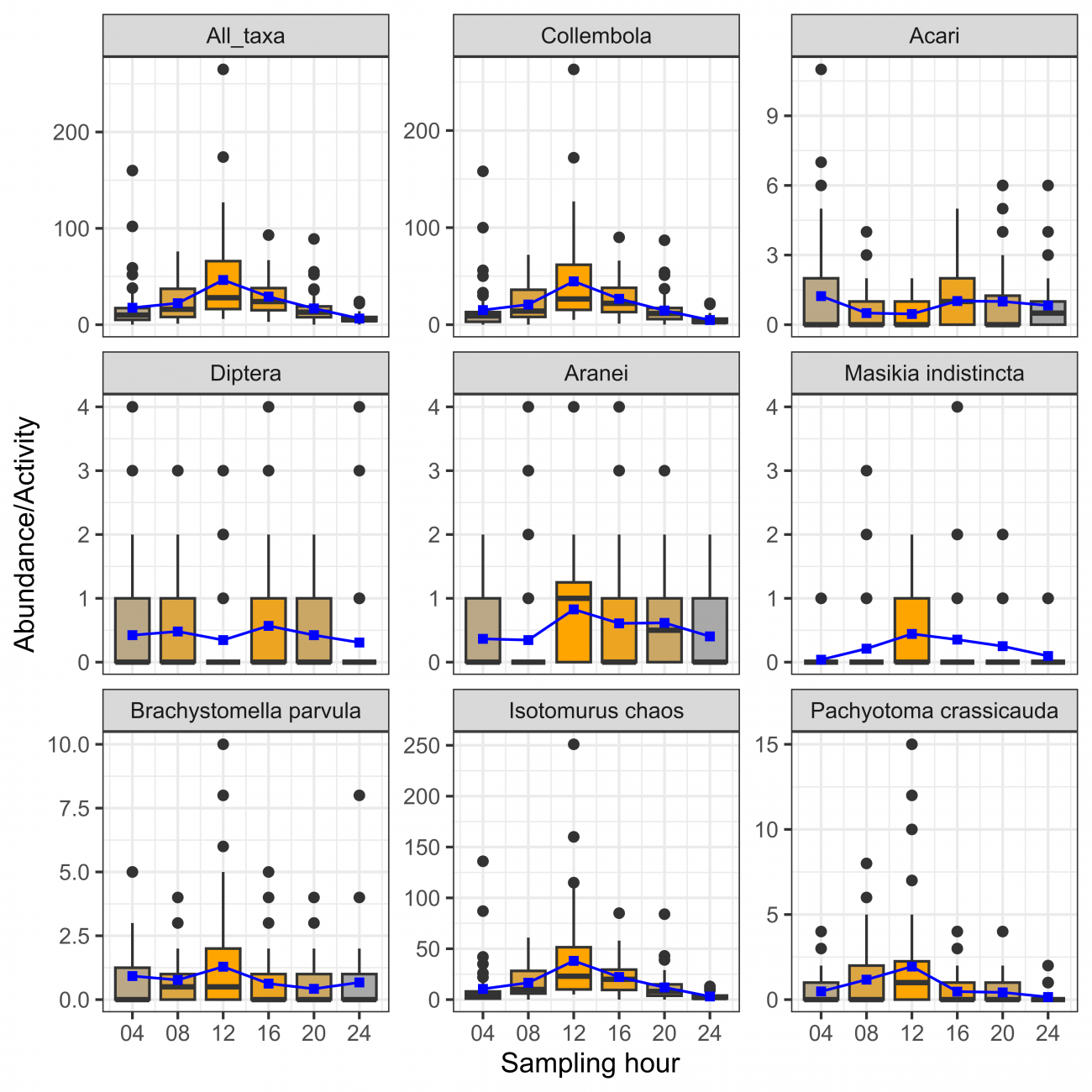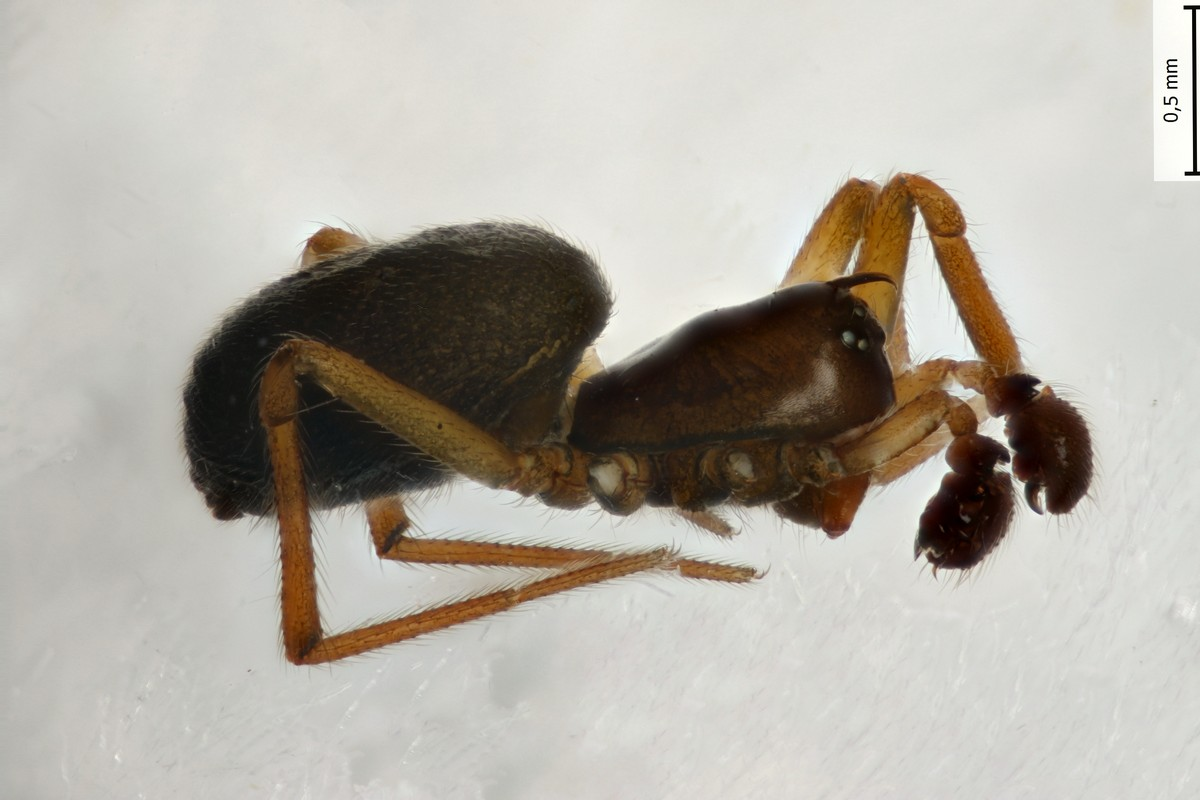
Scientists from the A.N. Severtsov Institute of Ecology and Evolution of the Russian Academy of Sciences and the Institute of Plant and Animal Ecology of the Ural Branch of the Russian Academy of Sciences conducted a study of the daily rhythms of activity of the most common and diverse Arctic terrestrial arthropods (collembolans, soil mites, dipterans, spiders, beetles) in natural conditions of constant illumination. The aim of the work was to find out whether these organisms maintain circadian periodicity of activity during the polar day and to identify which factors determine their activity in these conditions.
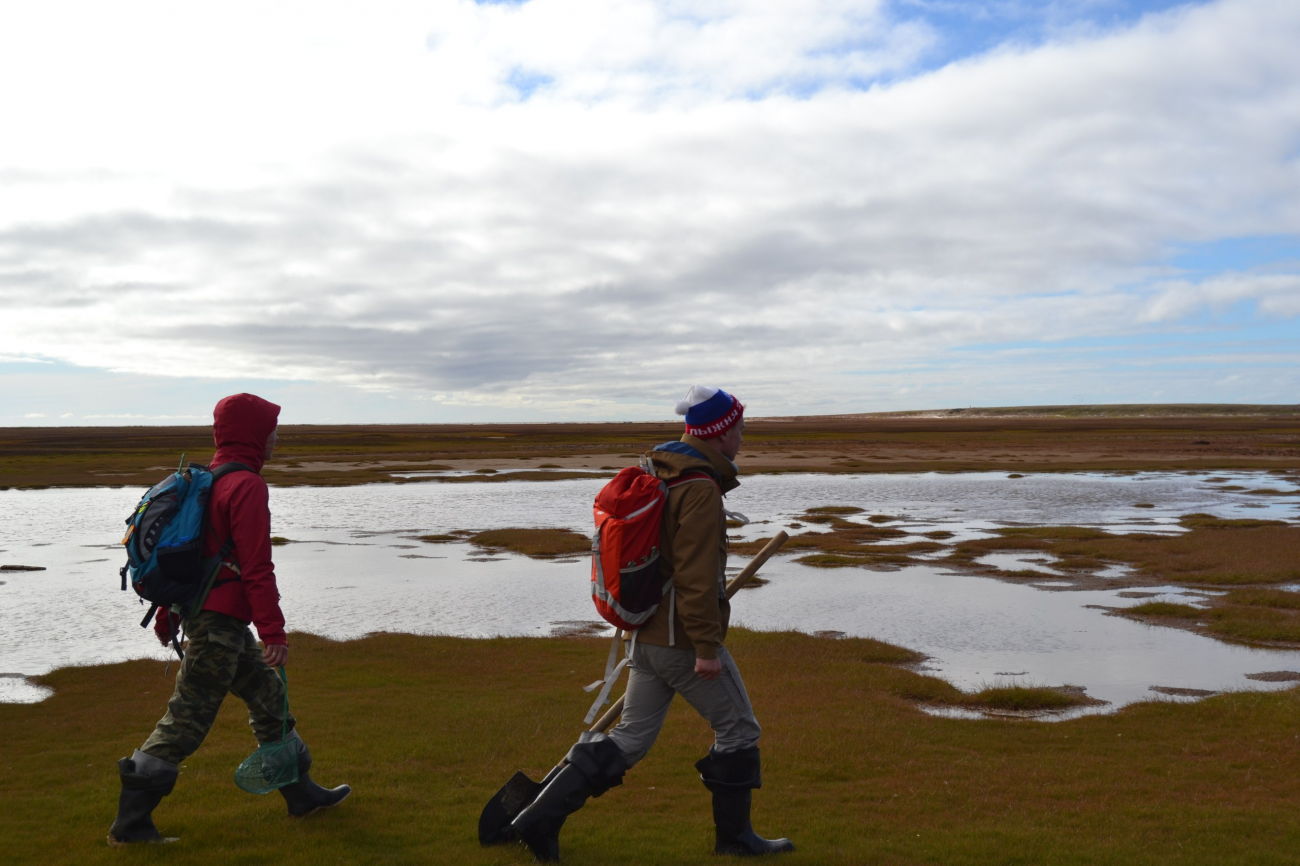
Circadian rhythms are rhythms with a period of about 24 hours. They are characteristic of all living organisms. They regulate many biological processes, including the dynamics of locomotor activity. The study of these rhythms is important for understanding the behavior and adaptation of animals to environmental conditions.
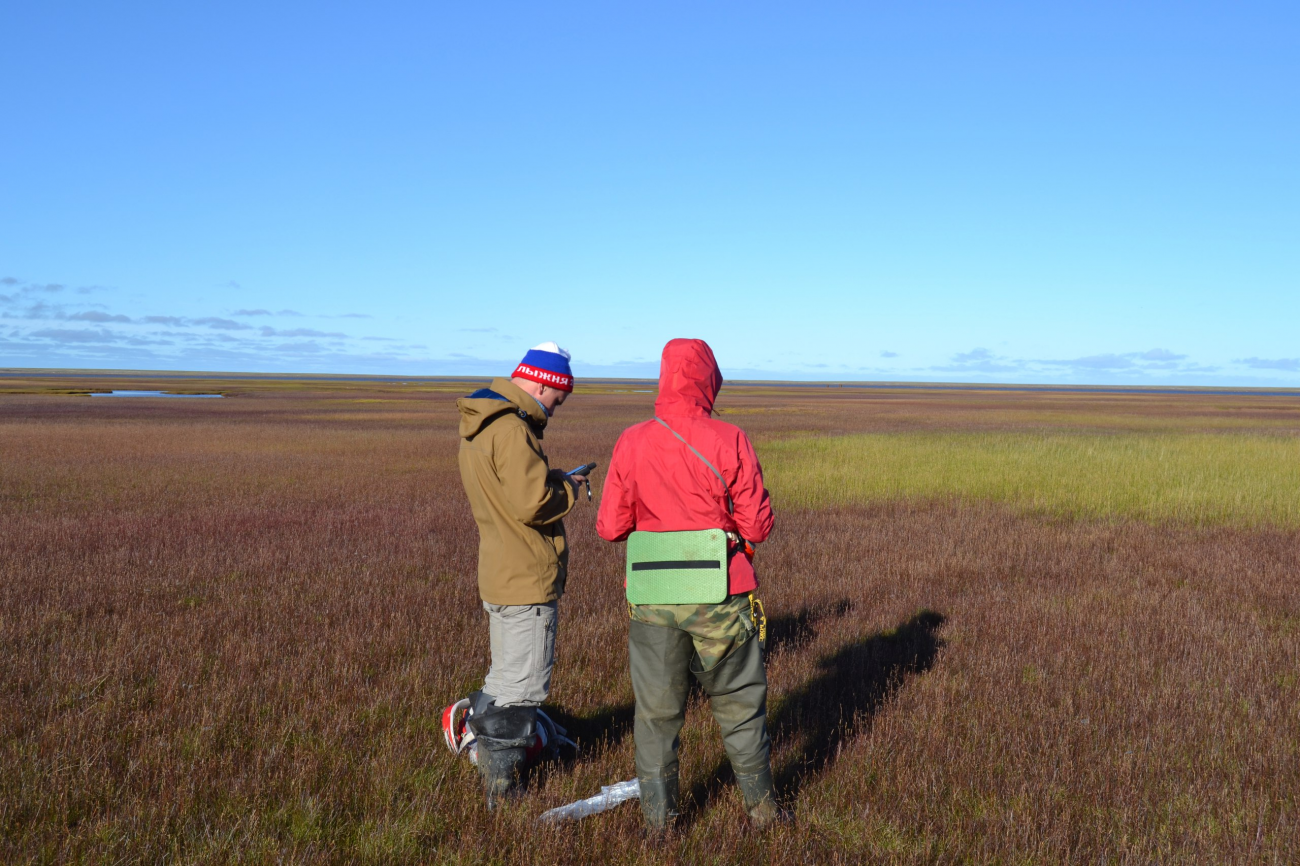
It has been established that during the polar day, terrestrial arthropods in the Arctic do not "stretch" their activity over the entire day to compensate for the short duration of the warm season, although they are potentially capable of doing so. For most of the studied taxa, maximum activity was observed during daytime hours with a peak at midday. The similarity of the results in different taxonomic groups suggests that even under continuous illumination in the Arctic and Subarctic, the locomotor activity of most terrestrial arthropods is driven by an external signal or signals. Changes in temperature and illumination intensity, as well as thermal preference, are considered the main factors that limit arthropod activity to daytime hours.
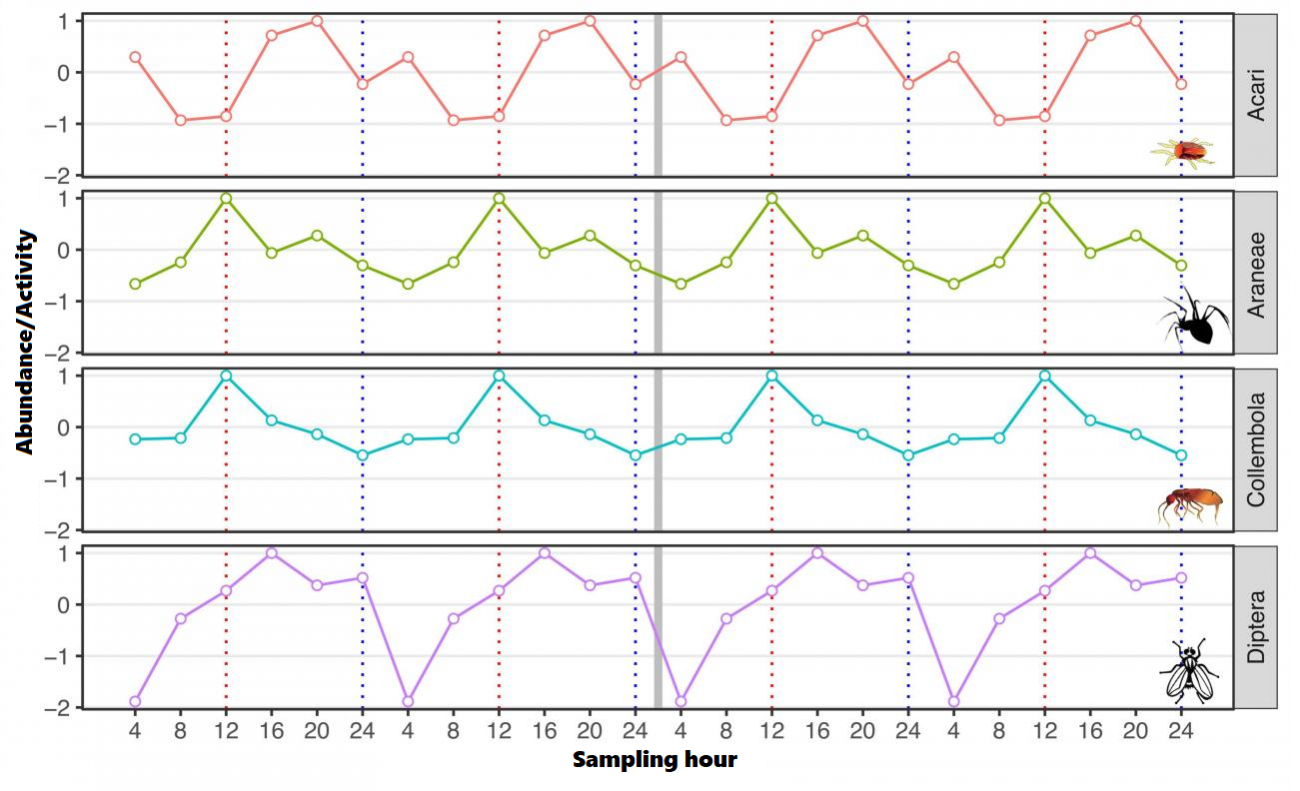
The work was published in the journal Polar Biology.
